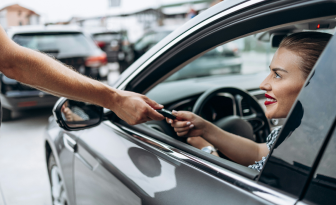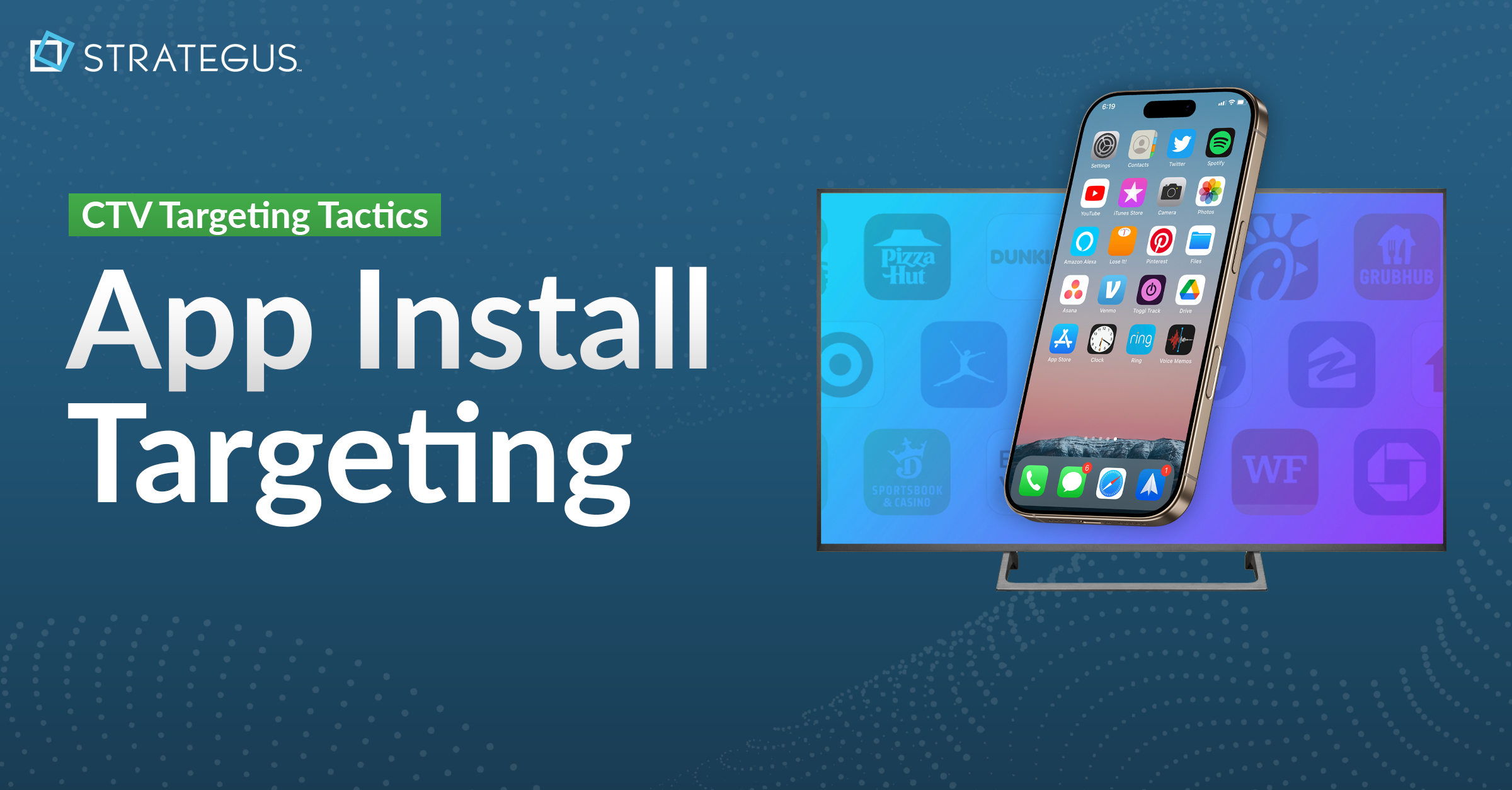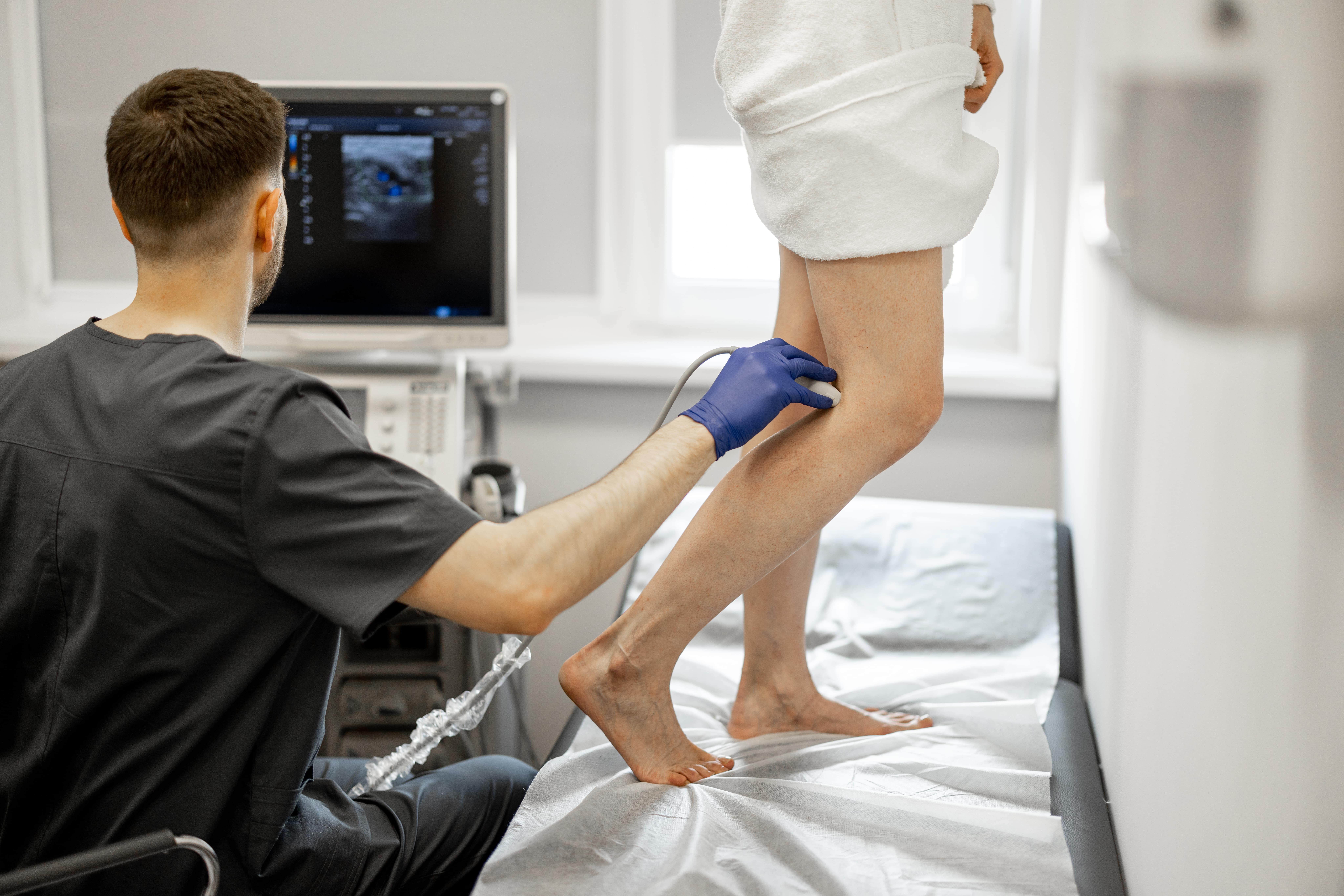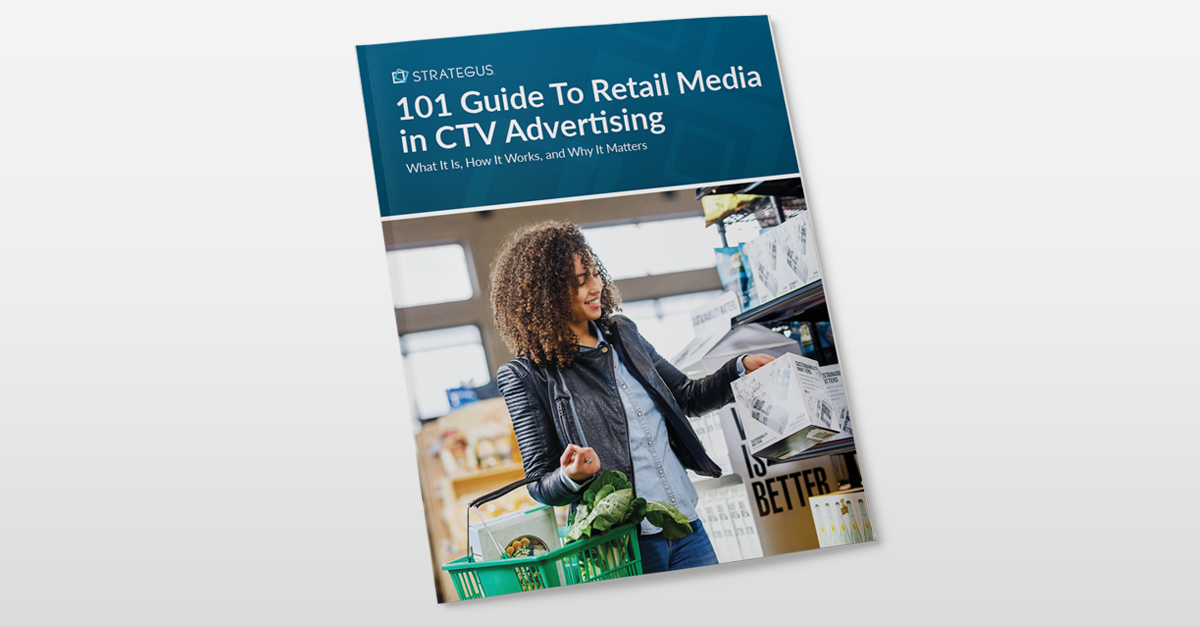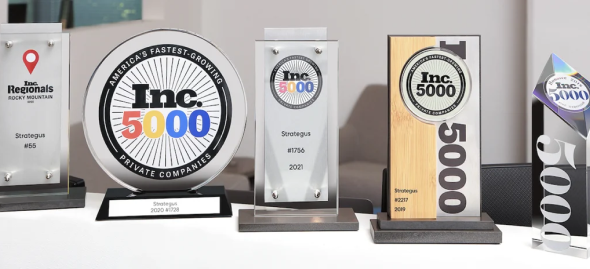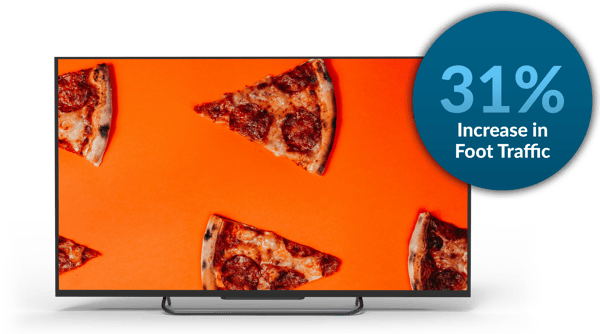- Home
- Strategus Blog
- What is Foot Traffic Attribution and Why It's Important
What is Foot Traffic Attribution and Why It's Important
 Traci Ruether
Traci Ruether
11 minutes read

Most in-store purchases start online. To reach those buyers, brands rely on programmatic ads across CTV, display, social, and streaming audio to deliver precise targeting and track online conversions.
But what if a shopper sees an ad for a local furniture retailer and visits the store instead of the site?
That’s where footfall attribution comes in. Here’s how it works and why it’s key to measuring true impact across digital and physical touchpoints.
Key Takeaways
- Footfall attribution links ad exposure to store visits, proving offline impact and ROI beyond clicks or online conversions.
- CTV integration delivers lean-back attention and precise targeting, making foot traffic a core KPI for brick-and-mortar brands.
- Multi-signal location data and privacy-safe identity graphs enable accurate visit matching while filtering employees, couriers, and anomalies.
- Incrementality testing and calibrated attribution windows reveal true lift by category; hours for restaurants, weeks for big-ticket retail.
- Optimization insights extend beyond counts. Creative variants, dayparts, and content context allow for mid-campaign shifts that outperform benchmarks.
- Strategus has an advanced system that uses custom geofences, cross-device attribution, and real-time dashboards to drive verified store visits. Schedule a demo with a Strategus expert to learn more today.
What is Foot Traffic Attribution?
Foot-traffic attribution, or footfall attribution, is a way to measure how digital ads influence in-store visits. It connects ad exposure to physical store visits by using location data from mobile devices.

This helps advertisers understand which campaigns drive real-world actions, proving ROI beyond just online clicks or conversions.
What Role Does It Play in CTV Advertising?
Any brand with brick-and-mortar locations should be using foot traffic as a campaign KPI. And because CTV is a proven channel for local ad campaigns, combining the two is a no-brainer. Besides, CTV offers a unique advantage when it comes to getting customers through the physical door.
Unlike other digital channels that often target users who are multitasking on their phones or laptops, CTV reaches audiences in their living rooms, capturing their attention on the biggest screen in the house. This creates a powerful opportunity to influence their behavior and drive them to visit your store.
Why Does It Matter For Brands and Agencies
Imagine seeing an ad for a local health food store while watching the nightly news, and then checking it out a few weeks later while running errands in the area.
With foot-traffic attribution, the media buyers or in-house marketers responsible for running that ad would be able to tie your visit to their efforts, thereby gaining valuable data on the impact that they had.
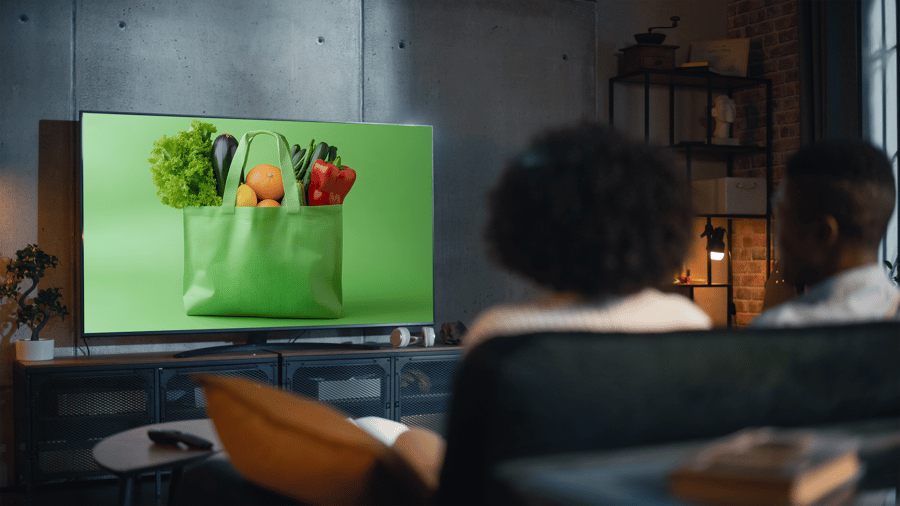
Moreover, CTV allows for precise audience targeting, ensuring that these ads are only seen by people most likely to be interested in a given product or service.
This targeted approach creates a potent combination for driving foot traffic, making it possible to personalize the messaging based on promotional events or local deals.
Benefits of Foot-Traffic Attribution
For traditional street-side businesses, tying advertising effort to in-store visits is what it’s all about. Foot-traffic attribution does just this, laying the foundations for a more data-driven approach.
Measuring in-store visits is critical for performance TV campaigns, but even for general awareness campaigns, it can help give a directional read on brand lift.
With foot-traffic attribution, advertisers can:
 Measure Campaign Impact: If physical traffic is part of the customer journey and you’re only tracking clicks and impressions, you’re likely doing a lot of guesswork and falsely correlating data points. Foot-traffic attribution solves this, providing a complete breakdown of how your campaigns are contributing to business results.
Measure Campaign Impact: If physical traffic is part of the customer journey and you’re only tracking clicks and impressions, you’re likely doing a lot of guesswork and falsely correlating data points. Foot-traffic attribution solves this, providing a complete breakdown of how your campaigns are contributing to business results.
 Optimize Their Media Mix: Multi-touch attribution allows you to identify which ads and channels are most effective and reallocate budget accordingly. This proactive approach is key to minimizing ad waste, especially when delivering omnichannel campaigns that retarget viewers across other digital channels.
Optimize Their Media Mix: Multi-touch attribution allows you to identify which ads and channels are most effective and reallocate budget accordingly. This proactive approach is key to minimizing ad waste, especially when delivering omnichannel campaigns that retarget viewers across other digital channels.
 Improve the Customer Experience: By understanding which ads and creative elements are driving in-store visits, you can tailor the entire customer journey for a more seamless and engaging experience. This might involve aligning in-store displays with your most effective ad creatives or adding promotions that complement your messaging.
Improve the Customer Experience: By understanding which ads and creative elements are driving in-store visits, you can tailor the entire customer journey for a more seamless and engaging experience. This might involve aligning in-store displays with your most effective ad creatives or adding promotions that complement your messaging.
How Does Foot Traffic Attribution Work?
Foot-traffic attribution uses smartphone GPS data to connect the dots between ad views and in-store visits. At Strategus, we work with brands and agencies to implement a simple four-step process to get this data.
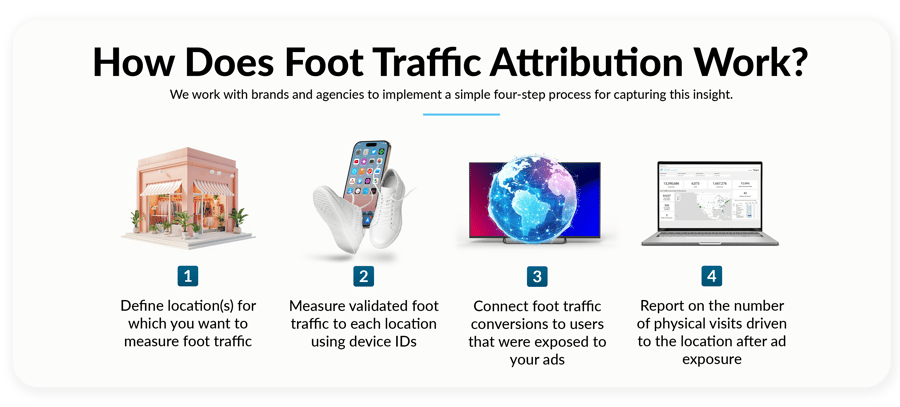
Step 1: Define Target Locations with Precision
The foundation of accurate footfall attribution starts with smart location mapping. This means creating geofences that distinguish your store from the coffee shop next door, setting minimum visit durations (30 seconds doesn't count as shopping), and accounting for different location types. For example, a downtown flagship needs tighter boundaries than a suburban standalone.
Modern systems use polygon mapping instead of simple radius circles, ensuring you're not accidentally counting visits to neighboring businesses. You'll also need to define what constitutes a meaningful visit versus pass-through traffic. The more precise your location parameters, the more trustworthy your attribution data becomes. This precision directly impacts your ability to optimize campaigns and prove ROI.
Step 2: Measure Validated Foot Traffic Through Multi-Signal Verification
Raw location data is messy. Your phone probably thinks you're in someone else’s kitchen a few houses over. That's why sophisticated attribution systems combine multiple signals: GPS (accurate to 5-10 meters outdoors), Wi-Fi network pings, Bluetooth beacons for equipped stores, and cell tower triangulation as backup.
The real work happens in data cleaning. Advanced algorithms filter out employees (identified by visit patterns), delivery drivers (short, repeated stops), and statistical anomalies. Everything runs on anonymized, hashed device IDs that protect privacy while maintaining measurement accuracy.
This multi-layered approach ensures you're counting actual customers, not false positives. Without proper validation, you might think your campaign is working when it's really just measuring noise.
Step 3: Connect In-Store Visits With Ad Exposure Using Smart Matching
This is where the actual data is calculated. Linking who saw your CTV ad to who walked through your door. The process starts by cross-referencing anonymized device IDs from store visitors with your database of ad viewers. But you have to think about the timing here as well. A restaurant might track visits within 48 hours of ad exposure, while furniture stores might extend that window to 90 days.
Cross-device resolution is important here. Someone might see your ad on their smart TV, research on their tablet, then visit with their phone. Advanced identity graphs connect these touchpoints while maintaining privacy.
The smartest systems also run incrementality tests, comparing exposed audiences to control groups to measure true lift, not just correlation. This tells you whether your ad drove that 15% traffic increase or if those customers would've visited anyway.
Step 4: Report on Results That Drive Real Optimization
Numbers without context are just trivia. Great footfall reports go beyond "X people visited" to reveal which creative drove the most visits, whether morning ads influence lunch traffic, and which audiences show the highest conversion rates. You'll find out if that 15-second sale spot outperformed your 30-second brand story.
Advanced platforms benchmark your performance against category averages. If your 12% lift trails the industry's 18%, you know there's work to do. Real-time reporting lets you shift budget mid-campaign from underperforming placements to winners.
For instance, discovering that HGTV viewers visit 3x more than news watchers means you can optimize while the campaign's still live. These insights transform footfall attribution from a measurement tool into an optimization engine that continuously improves your CTV strategy.
Brands Driving Tangible Results Using Foot-Traffic Attribution From Strategus
Every business is different. So at Strategus, we create a custom media mix and attribution model for every brand we work with. Here’s a look at the impact this approach has had across industries that rely most on in-store purchases.
Furniture Retailer Drives 9,000+ In-Store Visits
Our approach for Arwoods Furniture focused on innovative life event targeting. Rather than using typical furniture shopping segments, we targeted users experiencing major life transitions like newly married couples, recently divorced individuals, and growing families, recognizing these moments naturally drive furniture purchases.
This strategic approach, combined with our proprietary CTV Cross-Device Retargeting across CTV, audio, display, and online video, drove 9,106 store visits in just six weeks. The key decision here was understanding that buying furniture isn't just about need; it's about life changes.
We also generated 5,972 "Text Us" button clicks, proving the multi-channel strategy effectively bridged digital engagement with physical store visits. This campaign showcased how thinking beyond traditional targeting parameters and focusing on behavioral triggers delivers exceptional results.
Pizza Franchise Increases Foot Traffic by 31%
We helped this regional pizza franchise solve their biggest challenge: measuring ROI from traditional TV spend. Our team implemented a 12 week Cross Device campaign combining CTV ads with display retargeting across the franchise's 110 locations.
The key was our Foot Traffic Study methodology, using cross device ID graph technology to definitively link ad exposure to store visits. The results spoke for themselves with 12,195 confirmed users who viewed ads visiting stores, representing a 31% lift in foot traffic.
This wasn't just about running CTV ads; it was about proving the medium's effectiveness with hard data. We gave the franchise what local TV never could: concrete proof that their advertising dollars were driving customers through the door.
Casino Attracts 52,862 New Visitors
Despite tight geographic constraints and niche audience requirements, we delivered 52,862 in person visits to this West Coast casino through a carefully crafted full funnel strategy.
Our success came from precise budget allocation and channel optimization. CTV drove 27,180 visits, Online Video contributed 13,238, and Streaming Audio delivered 12,444 visits despite running for a shorter duration. Our approach included advanced CTV audience targeting, Encore Cross-Device Retargeting, and both website and foot traffic attribution, targeting everyone from gambling enthusiasts to previous casino visitors.
The campaign's impact was significant enough that the casino shifted substantial linear TV budgets to CTV, demonstrating our ability to deliver measurable results even with complex targeting requirements.
Closing Thoughts — Partner with Strategus for Accurate Footfall Attribution
Footfall attribution isn't a vanity metric. It's the bridge between your digital investment and real-world revenue. At Strategus, we've made this complex technology accessible and actionable for businesses of every size, from local furniture stores to national franchises.
While others talk about impressions and clicks, we deliver what actually matters: customers walking through your door. Our attribution suite goes beyond basic foot traffic tracking to reveal the complete customer journey, showing you exactly which creative drove visits, what time viewers converted to visitors, and how each channel contributes to your bottom line.
The proof is in our results. We've driven over 9,000 store visits for a single furniture retailer in six weeks. Generated a 31% lift in foot traffic for a pizza franchise. Delivered 52,862 visitors to a West Coast casino despite strict targeting constraints.
But here's what sets us apart: we don't just run campaigns and hand you a report. Our team continuously optimizes based on real-time data, shifting budgets to what's working and refining strategies that drive actual visits. Whether you're measuring success by store visits, sales lift, or market share growth, we have the attribution tools and expertise to prove your CTV investment is working.
Stop wondering if your ads work. Schedule a demo with a Strategus expert to see your own footfall attribution data in action.
Frequently Asked Questions
1. How Is Store Traffic Measured?
Advertisers measure store traffic by tracking mobile device signals within a defined location. They match ad exposure to footfall using device IDs and GPS data. Advanced platforms filter out noise like employee visits or passersby to increase accuracy. This helps brands see how many people visited after viewing an ad.
2. What Is a Store Visitation Lift?
Store visitation lift measures how many more people visited a store after seeing an ad compared to those who didn’t. It shows the real-world impact of a campaign. Marketers use this metric to understand how effectively their ads drive offline actions and to adjust their media strategy accordingly.
3. How Can I Use Foot Traffic Data to Plan My Inventory?
You can analyze foot traffic data to identify high-traffic times, popular locations, and returning visitors. This helps forecast demand more accurately and adjust stock levels per store. Aligning ad performance with in-store behavior also helps you predict which products will sell more during specific promotions or campaigns.
4. How Do I Get Started With Foot Traffic Analysis?
Start by defining the store locations you want to track. Work with an attribution partner to collect mobile location data tied to your ad impressions. Analyze which ads, creatives, or channels drive the most visits. Use this to refine your targeting, creative, and inventory strategies.
5. How to Track Foot Traffic?
Track foot traffic by collecting anonymized mobile GPS data around your store locations. Attribution platforms match this with ad impressions to show who visited after seeing your ad. You can also install sensors or use Wi-Fi data in physical stores to monitor real-time movement patterns and entry volume.
6. Why is Foot Traffic Important?
Foot traffic shows how many people visit your store, giving a slight peek into buyer intent and campaign impact. If you rely on in-person sales, tracking visits helps link digital ads to real results. It also helps you plan staffing, adjust store hours, and better predict inventory needs.
7. What is Store Traffic?
Store traffic refers to the number of people who walk into a retail location during a specific period. Marketers use this metric to understand customer interest, evaluate campaign effectiveness, and identify sales opportunities. It serves as a key performance indicator for physical retail success.
8. How to Determine Foot Traffic?
To determine foot traffic, use location data from mobile devices or in-store tracking tools like cameras, Wi-Fi sensors, or beacons. You can also compare footfall during campaign periods to a historical baseline. Attribution platforms combine these inputs to estimate how many people visited your store.
9. How Do Advertisers Direct Targeted Ads to Specific Website Visitors?
Advertisers use pixels or cookies to tag users who visit their website. They then create audience segments based on behavior and serve ads to those users across channels like CTV, display, or social. This approach helps re-engage potential buyers and drive them to take action.
10. What is Non-Attribution Traffic?
Non-attribution traffic includes visits or actions that cannot be tied to a specific ad or campaign. It may come from organic sources, direct visits, or unknown referrals. Marketers use this category to separate untracked activity from measurable campaign-driven results and to maintain clean performance reporting.

Traci Ruether is a content marketing consultant specializing in video tech. With over a decade of experience leading content strategy, she takes a metrics-driven approach to storytelling that drives traffic to her clients' websites. Follow her on LinkedIn at linkedin.com/in/traci-ruether or learn more at traciruether.com.
Strategus is a managed services connected TV(CTV) advertising agency with over 60,000+ campaigns delivered. Find out how our experts can extend your team and drive the result that matter most.
Talk to an Expert
Table of Contents
Seeking a Custom CTV Strategy That Delivers?
What to read next
App Event Tracking: Tie Mobile App Activity to CTV Campaigns
Let’s say you’re running a CTV campaign for a personal finance app.
5 minutes read

Stop Guessing Who Your Audience Is — Let Their Apps Tell You
Connected TV (CTV) targeting often falls in one of two camps.
8 minutes read
See Who Bought After Your Ad + How Much They Spent
You can’t improve what you can’t measure. And for years, that’s been a major problem with TV advertising.
4 minutes read

First-Party Attribution: Match Ads to Sales With CRM Data
The value of first-party data continues to grow.
7 minutes read


